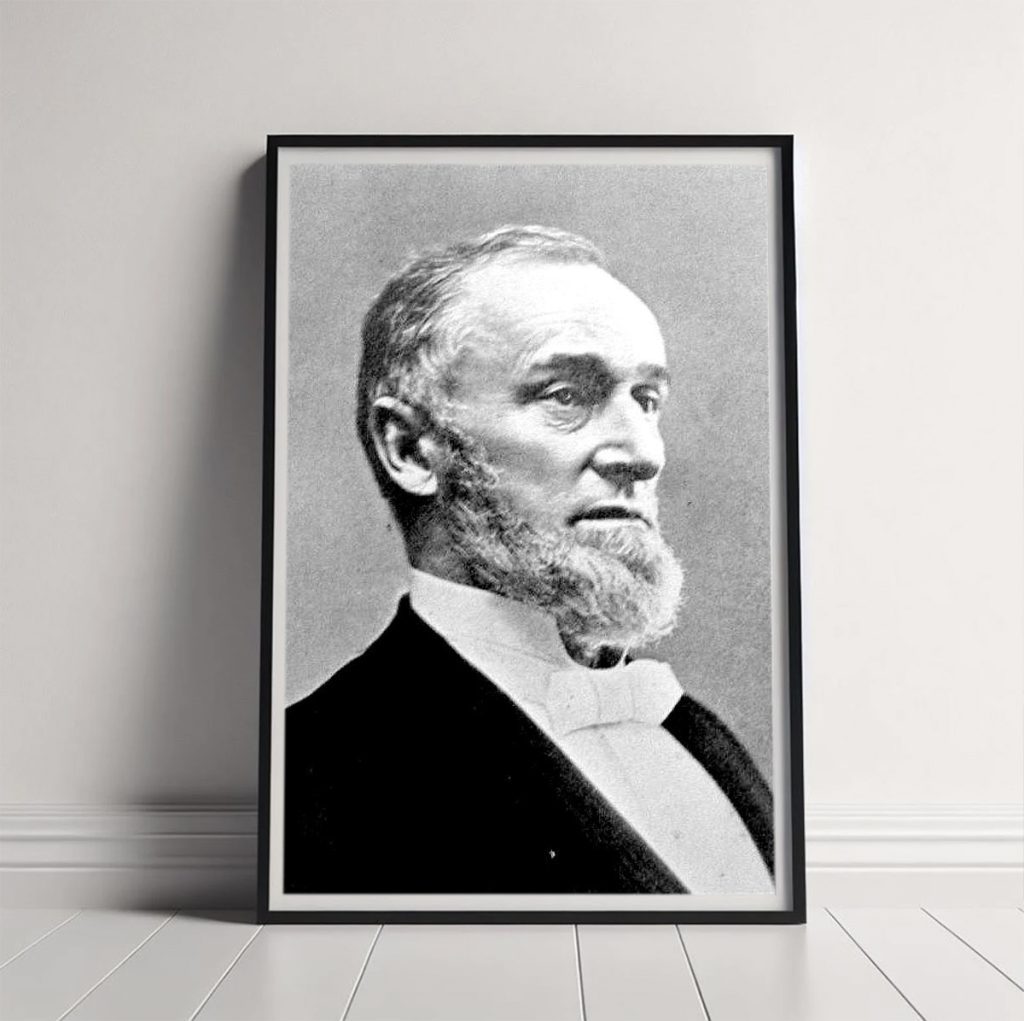
Alfred P. Southwick
Steam-boat engineer
Dentist
Inventor
About Alfred P. Southwick
Alfred P. Southwick: Buffalo’s Pioneer of Innovation
Buffalo, NY, has long been a city of invention and industry, and few figures exemplify this more than Alfred P. Southwick. Born on May 18, 1826, Southwick was a man of many talents who contributed to both dentistry and the development of a controversial invention that changed the face of capital punishment—the electric chair. His story, though complex, is a testament to Buffalo’s history as a hub of ingenuity and forward-thinking individuals.
Early Life and Career
Alfred Porter Southwick was born and raised in Buffalo, NY, during a time when the city was growing into an industrial powerhouse. His early career was unconventional—as a steam-boat engineer, Southwick was deeply involved in the bustling maritime economy that characterized Buffalo’s waterfront during the 19th century. His time on the docks and waterways acquainted him with innovation and problem-solving, traits he would later apply to his other professional pursuits.
Despite his success in engineering, Southwick shifted gears and pursued a career in dentistry. Dentistry in the 19th century was a rapidly evolving field, and Southwick’s mechanical expertise as an engineer proved invaluable. He became a prominent dentist in Buffalo, eventually taking on the role of a professor at the University of Buffalo’s School of Dental Medicine (now part of the State University of New York). His influence in dental education helped shape generations of practitioners, leaving an indelible mark on his adopted profession.
The Birth of the Electric Chair
Southwick’s most infamous contribution to history originated from his interest in the application of mechanical ideas to humanitarian causes. The story begins in 1881, when Southwick heard about an intoxicated man in Buffalo who accidentally touched a live electric generator and died almost instantly. Struck by the speed at which electricity caused death, Southwick began pondering its use as an alternative to hanging, which often resulted in prolonged suffering.
Combining his medical knowledge with his mechanical skills, Southwick crafted the idea of an “electric chair.” Borrowing from his comfort with dental chairs, he envisioned a method of execution where the condemned would be secured in a seated position, and electrodes would efficiently deliver an electrical current to cause death. Southwick believed this would be a more humane method of capital punishment, reducing the physical and psychological suffering associated with traditional methods.
Advocacy and Implementation
Public interest in reforming capital punishment grew in the late 19th century, propelled by botched executions and general dissatisfaction with hanging. Recognizing Southwick’s expertise and innovative proposal, New York Governor David B. Hill appointed him to a three-member death penalty commission in 1886. Alongside other reformers, Southwick advocated for electrocution as a more civilized and reliable alternative.
The commission’s recommendations led to New York passing the first law allowing electrocution as a method of execution in 1889. Southwick’s designs were refined by the New York Medico-Legal Society, and on August 6, 1890, the first execution by the electric chair was conducted on William Kemmler. Southwick was present at the event, remarking that it was the culmination of years of hard work and a step forward in “civilized” justice, though the execution was not without its technical difficulties.
Contributions to Dentistry
Though the invention of the electric chair overshadows much of his legacy, Southwick’s contributions to dentistry should not be overlooked. His time as a professor at the University of Buffalo underscored his commitment to improving dental practices. Southwick’s mechanical ingenuity helped refine dental tools and procedures, which in turn improved patient care and the effectiveness of treatments available during an era when dentistry was just beginning to modernize.
Legacy
Alfred P. Southwick’s legacy is both celebrated and controversial. On one hand, his work in dentistry cemented his reputation as a pioneer in a field that still benefits from his contributions to this day. On the other hand, his role in the invention of the electric chair remains a subject of heated debate.
Southwick’s personal belief in the humane potential of electrocution reflected the moral concerns of his era, but modern perspectives on capital punishment have led to a critical reevaluation of his invention. Nevertheless, Alfred P. Southwick’s work represents the intersection of innovation, ethics, and the human desire to reconcile progress with compassion.
Today, Southwick rests in Buffalo’s Forest Lawn Cemetery, his name forever tied to the city’s legacy of invention and creativity. Though his life’s work invites discussion about the morality of his inventions, it also showcases Buffalo’s enduring spirit of ingenuity and its role in shaping groundbreaking advancements.
